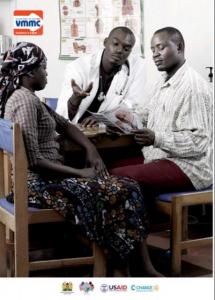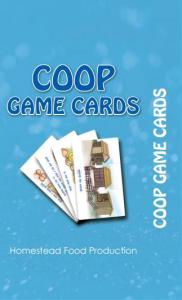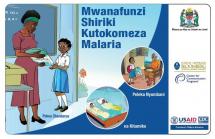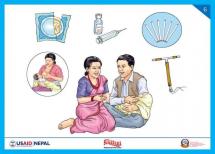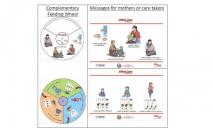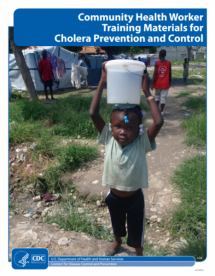VMMC Community Dialogue Cards [Kenya]
These cards are part of the VMMC Communication Toolkit which was developed to create and sustain demand for Voluntary Male Medical Circumcision (VMMC) and reinforce that, while VMMC reduces risk for men, it does not prevent HIV and must be combined with other prevention behaviors to be effective.
The toolkit consists of communication materials, posters and pamphlets, a video, tools, a video discussion guide, a guide to working with the media, and a guide for adapting materials. The Toolkit targets affected audiences in Kenya’s Nyanza province and includes a communication guide that builds upon the national VMMC strategy.
These cards show various situations related to VMMC, such as a couple visiting the clinic, a man undergoing a circumcision, and a man recovering from his circumcision.
Source: FHI 360
Date of Publication: March 25, 2019
SIMILIAR RESOURCES
Tools
Examples
- VMMC Counseling Training Package
- Voluntary Medical Male Circumcision Infographic
- Voluntary Medical Male Circumcision (VMMC): Demand Creation Toolkit
- Interpersonal Communication for Immunization (IPC-I)
- Toolkit for Transition of Care and Other Services for Adolescents Living with HIV
- Guidance for Providing Informed-Choice Counseling on Sexual Health for Women Interested in PrEP: Kenya and South Africa
- HIV-Related Stigma and Discrimination Toolkit
- PrEP Communications Accelerator
- Men's Health Kit
- Adolescent HIV Testing, Counselling and Care

